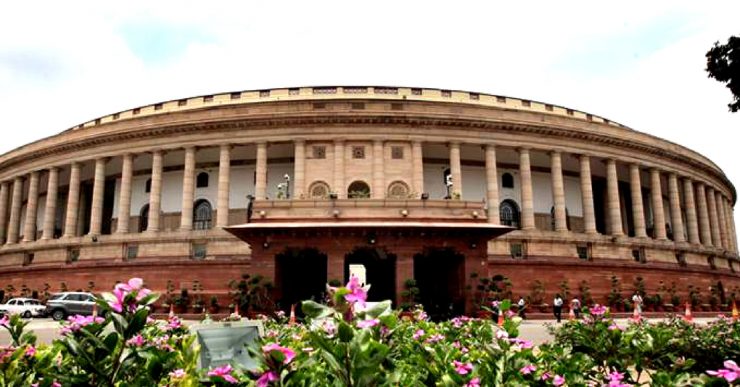
If one were to go by the picture given by a Parliamentary Committee headed by veteran BJP leader Dr Murli Manohar Joshi on ‘Preparedness of Armed Forces – Defence Production and Procurement,’ it is indeed a grim picture as it notes that defence expenditure as a percentage of total central government expenditure has declined from 13 per cent in 2014-15 to 12 per cent in 2017-18. Defence expenditure as a percentage of GDP has ranged between two per cent in 2014-15 to 1.6 per cent in 2017-18. The defence expenditure at 1.6 per cent of GDP in 2017-18 was the lowest since 1962 when the India-China war was fought.
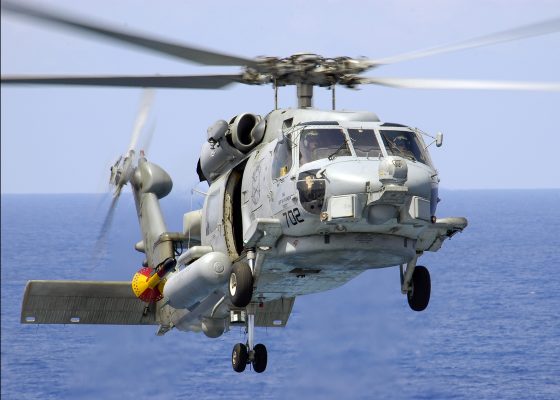
Though it may not have painted an optimistic picture of defence preparedness, the government of Prime Minister Narendra Modi has been focusing on boosting arms procurement for the defence forces indigenously as well as through imports.
According to defence analysts, despite the government placing defence preparedness on top of its priorities list, budget constraints have always stuck out like a sore thumb. Majority of the budgetary allocation goes into paying salaries and pensions of defence personnel, while major chunk capital budget gets into paying the committed liabilities, leaving hardly any money for new acquisitions.
The share of capital procurement in the defence budget has been continuously declining. It has decreased from 39% in 2013-14 to 34% in 2018-19. In addition, procurement in the forces is not being made in accordance with the Long Term Integrated Perspective Plan (a 15 year perspective plan for each of the three services- Army, Air Force, and Navy), but being adjusted as per budgetary allocations. Decrease in capital expenditure has an adverse impact on the modernisation process of armed forces, and can compromise the safety and security of the country.
However, the NDA Government has been giving top priority to defence procurement especially since the Balakot strike of February 2019 and has been going on an acquisition mode. India has received the approval from the US government on April two 2019 to purchase 24 new Sikorsky MH-60R “Romeo” Seahawk naval helicopters for the Indian Navy (IN), which is expected to cost around US$2.6 billion. This is after India submitted a Letter of Request on November 2018.
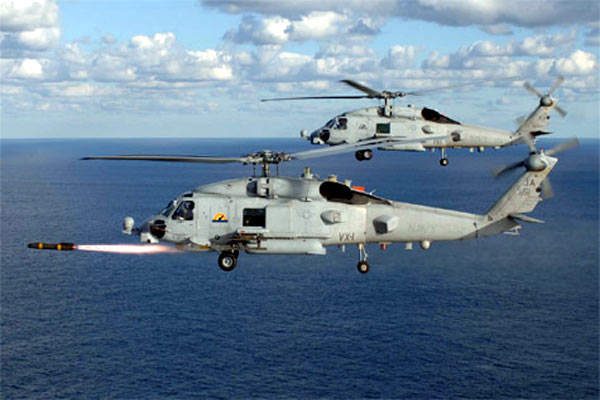
In addition, India also got the approval for the US to release a refurbished SH-60B helicopter as excess defense article (EDA) from the US Navy, which would likely be used for training.
Also included in the approval are anti-submarine warfare-related equipment and weapons, anti-surface warfare weapons, air-to-ground munitions, spares, training, and logistics support package.
Munitions included are the Raytheon Mk. 54 torpedoes, Lockheed Martin AGM-114 Hellfire missiles, BAE Systems Advanced Precision Kill Weapon System (APKWS) guided rockets, and M240D and GAU-21 guns.
While actual missiles are not included, the package includes the Kongsberg Naval Strike Missile emulators and captive inert training missiles.
According to an internal estimate of the IAF, the force had a strength of 42 squadrons of fighter jets in 2002, but this will be down to 28 by 2020, and further reduced to 19 by 2042, if the government does not act fast. Though the first Rafale jet was handed over to India in October, the first batch of four Rafale jets from France will only arrive in India by May 2020. The complete delivery of 36 Rafale jet contract worth €7.87 billion (approximately Rs 59,000 crore), will be done by April 2022. The IAF has been maintaining that once Rafale fighter jets are inducted into the fleet, it would be a “game-changer” in the subcontinent as the country would have significantly better air defence capability than its “regional adversaries”.

Defence analysts believe that the IAF has lost the edge it had two decades ago, during the Kargil conflict. Thanks to India’s strong air defence then, Pakistan did not muster courage to carry out an airstrike on Indian soil.
However, two months after Balakot, Pakistan received four airborne early warning and control (AEW&C) systems from Sweden, making the total strength of its AEW&C aircraft fleet to 10. On the other side, IAF operates only four such AEW&C systems, including three Beriev A-50EI Phalcon AEW&C systems along with one DRDO-developed Netra AEW&C system. Efforts are on to procure two more Phalcon Netra AEW&C system from Israel.
Besides fighter jets, important defence programmes such as mid-air refueller and IAF’s 1960s vintage Avro transport aircraft are still hanging in the balance.
On the positive side, IAF has got deliveries of the first lot of Apache attack helicopters and Chinook heavy lift choppers from the United States. Adding muscle to the IAF firepower, eight Apache attack helicopters were inducted into the force at the Pathankot air force station in September.
Dubbed ‘flying tanks’, Apache attack helicopters will be a major component in tank battles for the Indian Army, especially on the western front with Pakistan. In March, first lot of four Chinook, the advanced heavy-lift helicopters, were inducted into the Indian Air Force. Chinook multi-role helicopters will add significant muscle to Indian Air force’s strategic airlift capability along the borders with Pakistan and China.
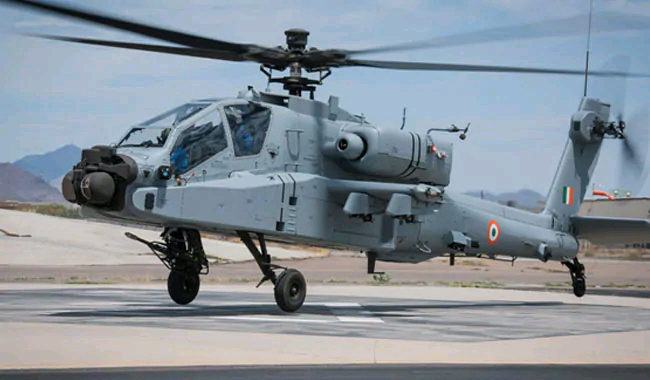
The Navy Chief Admiral Karambir Singh has admitted that the Navy’s declining budget has forced him to re-evaluate the long-term plan to field 200 warships by 2027. This target is institutionalised in the Navy’s Maritime Capability Perspective Plan (MCPP) for 2012-2027. However, now the Navy is expected to have 175 warships by 2027. The Navy currently has about 130 warships, and another 50 are under construction in shipyards in and outside the country.
The Navy chief has also expressed concern over the Navy’s share of the defence budget, which has declined from 18 per cent in 2012 to approximately 13 per cent in the current financial year (2019-20). Decline in the budget share has come at a time when the strength of Indian Navy’s submarine fleet has dwindled from a total of 21 submarines in the 1980s to 15 conventional submarines, besides one homemade Arihant-class submarine and one Russian Akula-class submarine operating on lease.
To make matters worse, the Indian Navy is operating with half of its submarine fleet strength as most of the vessels are in the last leg of their active operational life or are on mid-life upgrades. Meanwhile, China has a strength of 65 subs.
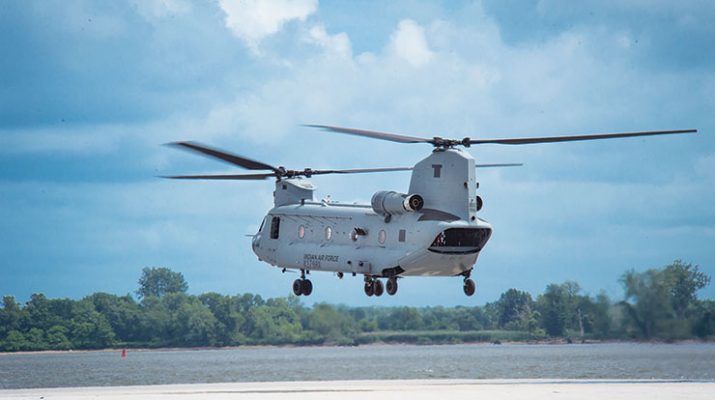
On the aircraft carrier front, while China plans to have 10 aircraft carriers by 2049, Indian Navy is finding it difficult to push for India’s third aircraft carrier. The Navy only operates INS Vikramaditya, while indigenous aircraft carrier INS Vikrant is under construction in Cochin shipyard and is expected to join Navy fleet by 2022. Simultaneously, the Navy is also facing critical requirement of minesweeper vessels, as it only operates two minesweepers to protect its sea lanes and ports.
No progress has been made in the Army’s need for light utility helicopters, a lifeline for soldiers posted at the world’s highest battlefield—the inhospitable Siachen Glacier of the Himalayas. The acquisition process went through three cancellations, the last being in 2014. The Navy is also struggling with shortage of its helicopter fleet.
The allocation for ministry of defence budget 2019-20 is 31.97 per cent of the total Central government capital expenditure, which is below two per cent of the GDP. This is when China allocated three per cent and Pakistan spends 3.5 per cent of their GDP for defence. While India has 1.25 soldiers per 1,000 people, China has 2.23 and Pakistan 4.25.
The Draft Defence Production Policy 2018 had set a target of $5 billion in defence exports by 2025. But, the target looks ambitious. In 2016-17, India’s total defence export was Rs 1,495.27 crore. Interestingly, Pakistan, which is primarily dependent on China for defence purchases, has sold more weapon systems to foreign customers than India.
The new MH-60R Seahawk helicopters will become the Indian Navy’s standard shipborne naval combat helicopter, as it will replace its ageing fleet of twelve (12) Westland Sea King Mk 42B/C and ten (10) Kamov Ka-28 helicopters starting 2020, with delivery expected to be completed by 2024.








